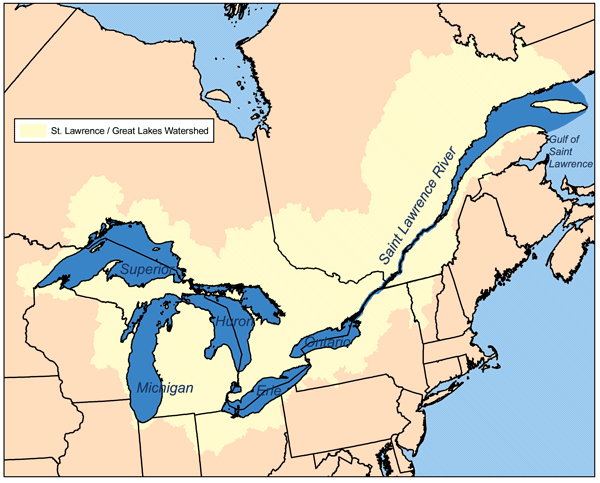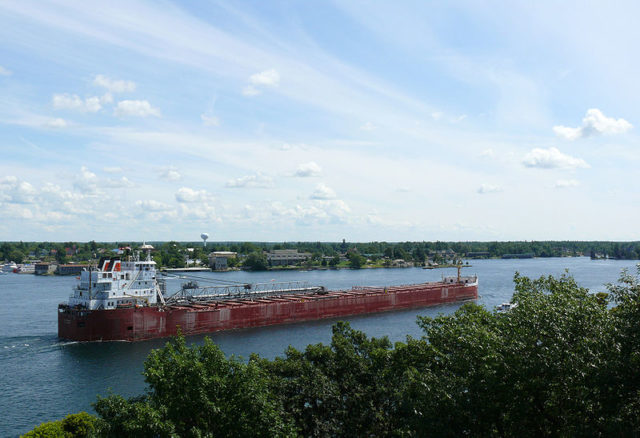The Arctic Research Foundation recently announced that Sir John Franklin’s ship HMS Terror. The Terror was lost with all hands during Franklin’s failed attempt to traverse the Northwestern Passage.
This discovery, wonderful as it is, is only part of a larger effort to effort to document shipwrecks along the northern shore of the St. Lawrence River in Canada.
One of the lead researchers stated that only 80-100 wrecks in the area are documented, and there could be more than 1,000 that remain undiscovered.

The St. Lawrence was once an important route for goods travelling between Canada and Europe, but it was also extremely treacherous. Ice, storms, rocks, and hidden reefs claimed many ships, and it is also speculated that some parts of the river are rich in iron, which possibly interfered with the ship’s compasses, causing a Bermuda Triangle-like effect.
Lately, the team has been working on identifying a wreck that was thought to be that of the Saint Anne, a merchant ship that sunk in the year of 1704 while carrying a load of furs bound for the French Antilles.
Even though the wreck’s location, close to a small town known as Pointe Lebel, has been unofficially noted for decades, the researchers are examining wood samples taken from the ship to confirm its age and the origin, to hopefully verify its identification.
It is also hoped that divers will be able to examine the remains of Admiral Hovenden Walker’s fleet, which lost 8 ships when it unsuccessfully attacked Quebec in 1711.

Underwater archaeological sites are much harder and more expensive to investigate than those on land due to the challenging environment and the need for expensive, specialist equipment.
Rules mean that often, artifacts cannot be removed from shipwrecks, so identification must primarily be done using photographs.
The project relies heavily on the knowledge and experience of recreational divers due to otherwise prohibitive costs and limited manpower.
